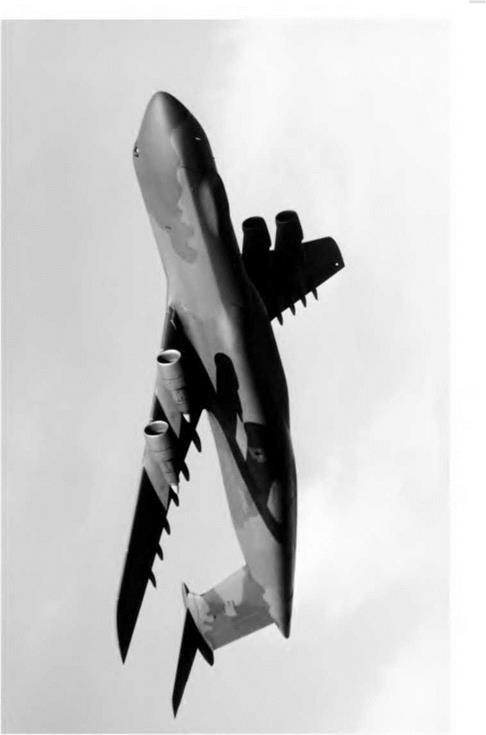The mechanics of flight
A knowledge of the principles of mechanics – and particularly of the significance and meaning of the force of gravity, of accelerated motion, of centripetal and centrifugal force and motion on curved paths – will help us to understand the movements and manoeuvres of an aeroplane. This knowledge will also help us to understand the movement of satellites and spacecraft.
Work, power and energy [2] 2 heat, light, sound, electrical, chemical, magnetic, atomic – and, most useful of all, mechanical. A little thought will convince us how much of our time and energy is spent in converting, or trying to convert, other forms of energy into mechanical energy, the eventual form which enables us to get somewhere. The human body is simply a form of engine – not a simple form of engine – in which the energy contained in food is converted into useful, or useless, work. Unfortunately there is a tendency for energy to slip back again, we might almost say deteriorate, into other forms, and our efforts to produce mechanical energy are not always very efficient.
Even mechanical energy can exist in more than one form; a weight that is high up can do work in descending, and it is said to possess potential energy or energy of position; a mass that is moving rapidly can do work in coming to rest, and it is therefore said to have kinetic energy or energy of motion; a spring that is wound up, a gas that is compressed, even an elastic material that is stretched, all can do work in regaining their original state, and all possess energy which is in a sense potential but which is given various names according to its application.
In figures, a weight of 50 newtons raised to a height of 2 metres above its base has 100 joules of potential energy or, to be more correct, it has 100 joules more potential energy than it had when at its base. This was the work done to raise it to the new position, and it is the work that it should be able to do in returning to its base.
In symbols, W newtons at height b metres has – Wb joules of energy.
What is the kinetic energy of mass of m kg moving at z’m/s?
We don’t know, of course, how it got its kinetic energy, but the actual process is unimportant, so let us suppose that it was accelerated uniformly at a metres per second per second from zero velocity to v metres per second by being pushed by a constant force of F newtons.
If the distance travelled during the acceleration was s metres, then the work done, i. e. its kinetic energy, will be Fs joules.
But Vі = u1 + las (and и = 0)
.’. Vі = las s = VіЦ a
But F = та
So K. E. = Fs = та X iP-Ha = тіР joules.
Fig 1В Power (opposite) (By courtesy of the Lockheed Aircraft Corporation, USA)
The Lockheed C-5 Galaxy with four turbofan engines, each of 183 kN thrust represents a total power of 183 000 kW at the maximum level speed of about 900 km/h.
|
|
Thus the kinetic energy of 2 kg moving at lOm/s
1 О
= – mvL = tX2X 102 = 100 joules












